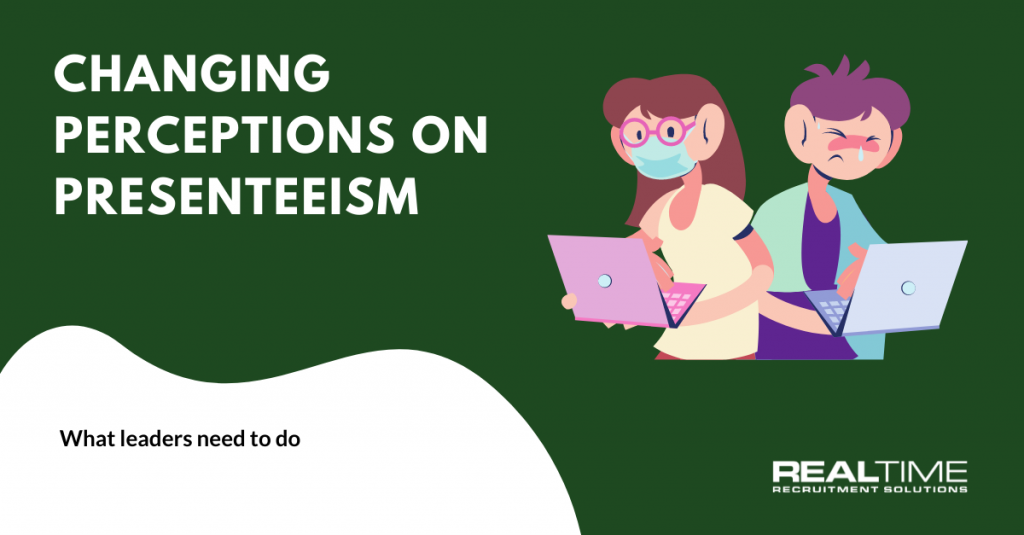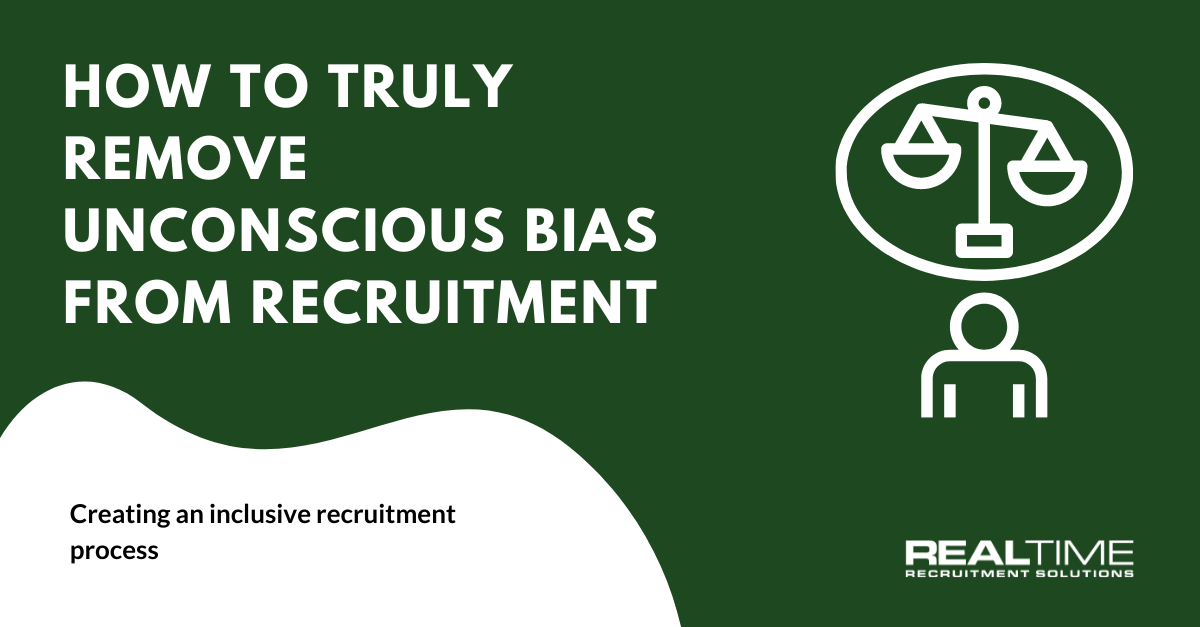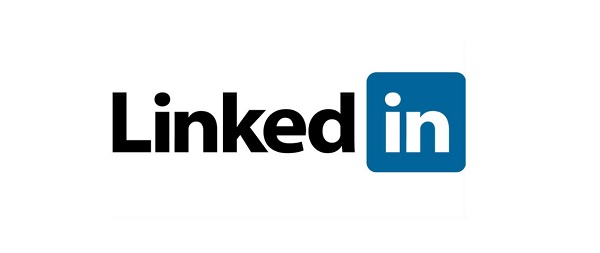
Changing Perceptions on Presenteeism
A familiar idea for most people in an office setting will be the idea that illness, unless particularly bad, will rarely stop you from going into the office. This ‘never too ill to turn up’ culture is one that, presently, feels a million miles away from the ‘socially distant’ reality we’re living right now.
Where did this culture come from? And how do we tackle it as some industries slowly start to trickle back into the office that, up until now, were deemed unsafe.
‘Prime Sites for Spread’
Offices have been, and are, prime sites for the spread of viruses and bacteria. It’s a cycle that we’ve all fallen victim to at some point. Someone will arrive in the office – sneezing, coughing – and will pass whatever bug they have onto the next person. The cycle continues, every season.
Research has shown that offices are vectors for the spread of infection. High footfall, touching and low levels of hygiene standards all contribute. And these infections travel quickly too, according to a study from the American Society for Microbiology. Researchers placed a sample of a harmless virus on a single doorknob or table-top in an office building. The first area that was contaminated was the coffee break room, says study researcher Charles Gerba, a microbiologist at the University of Arizona. Within two to four hours, the virus could be detected on 40% to 60% of workers, visitors and commonly touched objects.
Regardless, up until the outbreak of COVID-19, most would still drag themselves into the office – bemoaning the colleague who they know they got it off while explaining that it’s actually not too bad.
Why Do ill People Still Go To Work?
The number of sick days taken by UK workers has almost halved since 1993, according to the Office for National Statistics. Where the average employee once spent 7.2 days a year at home due to illness, they took just 4.1 days off in 2017.
According to a 2015 survey from UK insurance provider AXA PPP, nearly 40% of employees don’t tell their manager the real reason for their absence when calling in sick because they’re afraid of being judged or disbelieved.
A fear that is justified as only 42% of senior managers polled by AXA PPP agreed that the flu was a serious enough reason for absence, with less than 40% saying the same for back pain or elective surgery.
But what has caused this level of mistrust and why do some managers scoff at sickness?
New technologies and more agile working practices have enabled many teams to work fully from home. With exception being given to certain industries, presence is no longer a prerequisite for productivity. But this freedom comes with a certain level of mistrust from managers who feel they can no longer monitor their staff who work outside of the office.
Lynn Johnston MCIPD, Head of HR at AVEVA, believes the stigma comes from “Old fashioned views around that office, leftovers from the idea that having a desk gave you status.” Another Global Head of Talent Acquisition believes “When you are not seeing an employee everyday, all day, it’s somewhat human nature to question. It’s our role as leaders to show the right behaviour, instigate change and break this negative view on outdated working practices.”
The combination of distrust and the constant quest for maximum productivity has led some managers to view sickness-related absence with a similarly critical eye.
Now, as we consider reaching for the phone after we wake up with a prickly throat and a hacking cough: we sit uncomfortably in a grey area between sick and too sick to work. A grey area that will drive many people into the office, who shouldn’t.
Traditionally, that grey area has always been dangerous, especially during Flu season, now after COVID-19, it could be calamitous.
The Rise of Virtual Presenteeism
Breaking away from the practice of presenteeism has clear benefits to the long-term health of the workplace – and with COVID-19 compounding the reality of the situation – presenteeism is surely a thing of the past, right?
For one Head of Talent Acquisition we spoke to, this archaic practice of dragging yourself into the office is due for a shake up following COVID-19. “That kind of martyrdom will be frowned upon” following a “shift in understanding between managers and employees.” but, “unfortunately, even in the virtual world we see presenteeism rear its ugly head, on the digital platforms – for one.”
Zoom call notifications, Slack pop-ups, the inescapable project management adverts between your favourite videos. These are familiar terms to anyone who has been working through the COVID-19 pandemic. With a lack of physical presence and connection, new technology has helped us stay in touch – but with the lack of variance in location for work and relaxation, these tools – meant to keep us connected – push us slowly back towards presenteeism.
Research from Canada Life found that almost half (46 per cent) of Brits carrying out their jobs remotely during lockdown reported feeling more pressure to be ‘present’ for their employer and colleagues, with more than a third (35 per cent) saying they had continued to work despite feeling unwell.
The Canada Life research suggests the move to large-scale working from home has only exacerbated the issue of presenteeism. Although employees will likely feel more comfortable taking a few days away from the office after COVID-19, the pressures to perform remain.
All managers have a duty of care to employees, here are a few ways you can help curb the spread of the new wave of virtual presenteeism.
Open Up Lines of Communication
Experts say the earlier an employee can notify their manager, the better. Establishing a line of communication with a boss at the onset of sickness can both convey respect and allow them more time to plan around the absence. Above all, being honest is the best way to avoid misunderstanding.
Be clear from the start – even if illness creeps up on you being honest and open in the past will lead to better conversations in the future.
Are you Separator or an Integrator?
Although very broad generalisations, there are two types of employees: those that blend their personal lives with their work lives (integrators) and those that set clear boundaries between both (segmenters).
In The Journal of Vocational Behavior, J.B. Olson-Buchanan and W. R. Boswell (2006) theorise that when employees set clear boundaries between their work life and home life, they’re less likely to experience conflict between the two fronts. They put themselves in a position to give both lives enough attention; in other words, they’re able to switch off one and concentrate on the other.
Integrators, on-the-other-hand, allow their work lives to blend into their home life. They’re more likely to talk about work at the dinner table or invite colleagues over for a party. Positive work experiences are likely to influence their home experiences and vice versa.
While both have positives and negatives, it’s important that employers know the difference. Understanding this can give you an insight into where people’s boundaries lie and can help you address presenteeism in a way that is respectful of the employees working life.
Encourage Physical Boundaries
Work mode should ideally mean a quiet space, where there is just you without interruption. Some, especially those in the tech space who are more accustomed to working from home, might have dedicated offices and working spaces in their homes. For them, it’s a case of drafting clear routines and schedules.
For everyone else, look to other physical boundaries that serve as a clear cut off point between work and relaxation.
When we’re all isolated, with nothing much to do outside of work, it can be easy to wear something comfortable all day. But clothing can be an easy way to set boundaries between work and relaxation. Have one outfit for working, another for when you’re finished.
Lead by Example
Despite all of our best efforts we have yet to make leadership more science than art. Competence, character, creativity, and charisma remain difficult qualities to quantify, let alone cultivate – but they’re easy to recognise in our leaders and even easier to replicate.
The same goes for negative behaviours like presenteeism.
If a leader continues to work while ill, it’s likely their team members will mirror that behaviour. That’s why you should practice what you preach and take time off when you’re ill.









